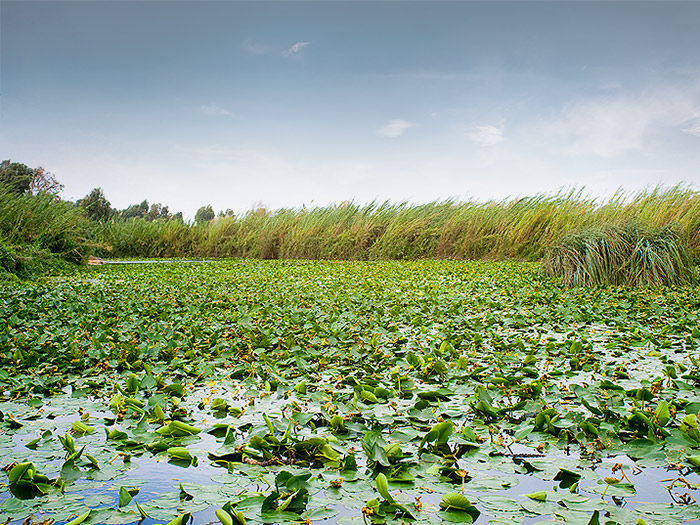Insect Nature Study
- Brenda

- Mar 21, 2020
- 3 min read
Updated: Jun 16, 2020
There is a world of wonder in the details of insects and bugs. As I learn the little things about these little creatures, I feel awe. It is a good feeling.

Appreciate the little things. There are so many.
Insects- Entomology
Resources
Symphony No. 7 (“Insect Symphony”) by Kalevi Aho
https://www.youtube.com/watch?v=ozRzr7bVdhs “Butterflies”
https://www.youtube.com/watch?v=BUj-tO8RLQ8 “Parasitic Hymenoptera”
Handbook of Nature Study-Comstock (HONS p. 294-415 Insects
A Field Guide
Insect Drawing tutorial https://johnmuirlaws.com/draw-insects-video-workshop/
Books
· A First Look at Insects by Millicent Selsam
· Hexapod Stories by Edith Patch
· Insect Life by Arabella Buckley
· Where Do They Go? Insects in Winter by Millicent Selsam
· Nature Christian Reader
· Libraries of Hope book on insects in the public domain
· The Science Times Book of Insects edited by Nicholas Wade
· Eric Carle has many picture books with insects
· The Storybook of Science by Jean Henri Fabre.
· The Secret of Everyday Things by Jean Henri Fabre (381 pp.)
· Insect Adventures by Jean Henri Fabre (298 pp.)
· The Lay of the Land by Dallas Lore Sharp, 214 pages.
· Animal Life in Fields and Garden by Jean Henri Fabre (412)
· Jack’s Insects by Edmund Selous
Nature Journaling
Take some time to draw/sketch from memory some insects you’ve spent time observing.
Include some narratives (stories) about the insects in your nature journal. You might wish to get more information from your insect field guide to add to your journaling
It is not recommended that you collect bugs to kill and make your own display. If you find bugs that have already died, you may wish to bring them home to observe more closely with a microscope. You might find a loupe or jewelers Loupe to give you a closer look in the field. You could carry a pop up bug tent to keep a bug within reach while you observe in the field. Then let it go when you leave.
Perhaps list all the insects you already know? You could even put page references to where you have already drawn or wrote about them in your nature journal before.
Research: Read about insects in your insect book. Add an entry to your book about observations you’ve made with insects. Watercolor or sketch about insects.
See a collection: Plan a trip to view insects in a display case at your local museum or zoo.
Reflection: Start another page about what you currently know about insects. Write a list of things you might want to know this coming term.
Backyard Investigation: Make a list of insects you could see in one small square foot of your yard. Don’t worry about naming them, spend time learning their behaviors (flying, walking, scurrying, hopping, dragging food). Give them descriptor lists if you want. “Six-legged bug that drags its food, triangular hopping bug, etc,” names will come eventually as you spend more time with bugs and your nature guides.
Metamorphosis: Find an insect eating or changing its form. Observe it well. See if you can find any other insects of the same kind nearby. Do they look the same? Are they different ages? You may wish to look up metamorphosis. Consider the insect you observed. Did it go through metamorphosis? Was it complete metamorphosis or incomplete metamorphosis? https://en.wikipedia.org/wiki/Metamorphosis#/media/File:Holometabolous_vs._Hemimetabolous.svg
Classification: Can you classify the insects you’ve observed? Are they in different categories or the same? Have you recorded your observations in your nature journal? Give yourself some time to use the helps from John Muir Laws on insect recording!
Food Webs or Chains: Pick a bug that is common around your home. What does it eat? Is it a predator or prey or both? Find out about the way it is connected to other creatures and plants.
Amazing Adaptations: What do animals do to survive?
Pet: Consider purchasing caterpillars or silk worms so you can observe the changes they make.
https://www.monarch-butterfly.com/butterfly-kits-for-children.html
Friend or Foe: Some insects help us and some are pests. Make lists of each kind. Ladybugs are friends that eat aphids which are pests.
Compare and contrast: Define the characteristics of insects and spiders. Compare and contrast them.
(Adapted from resources by Marcia Mattern and Monica Watson and not for sale)











Comments